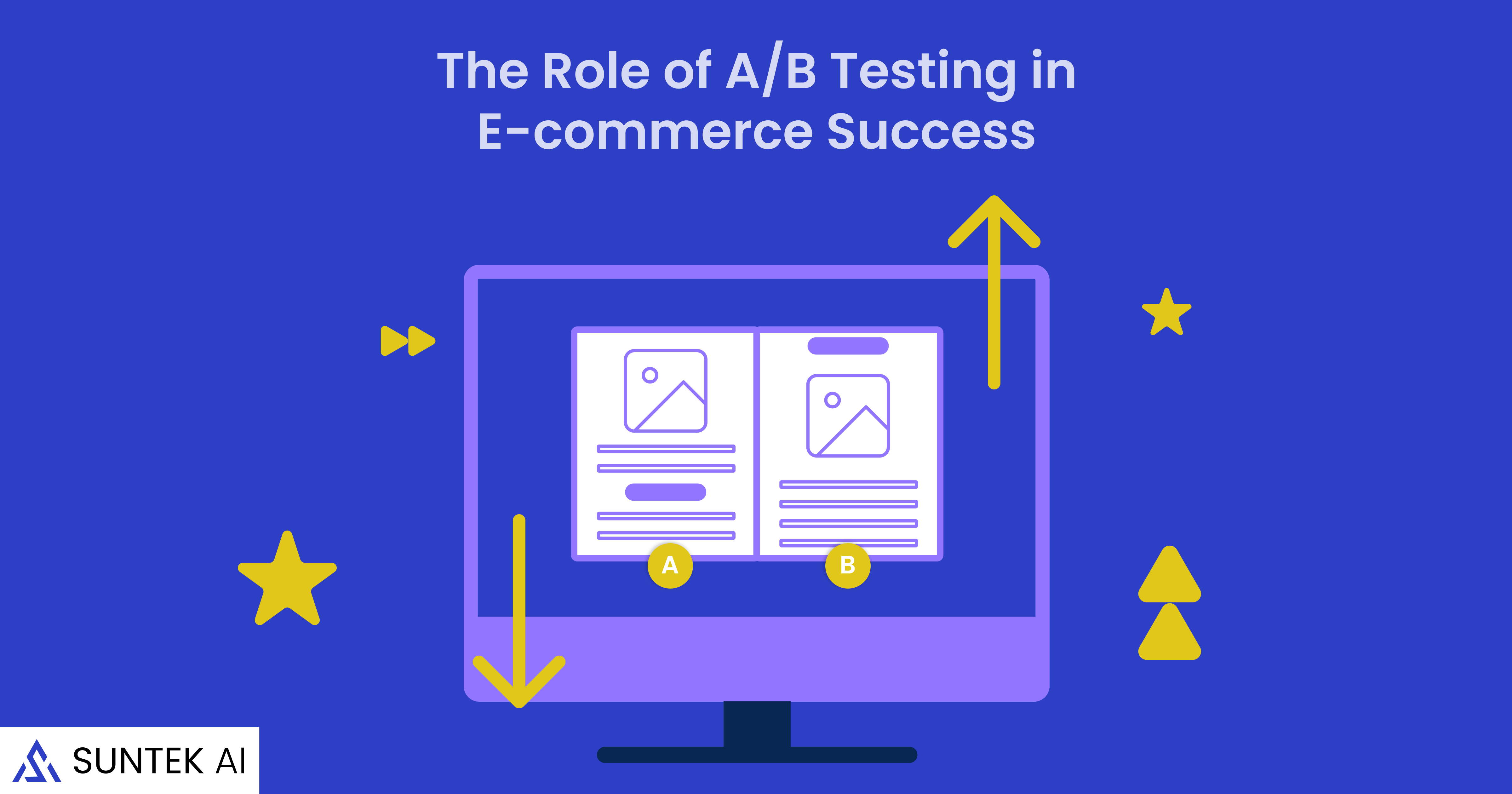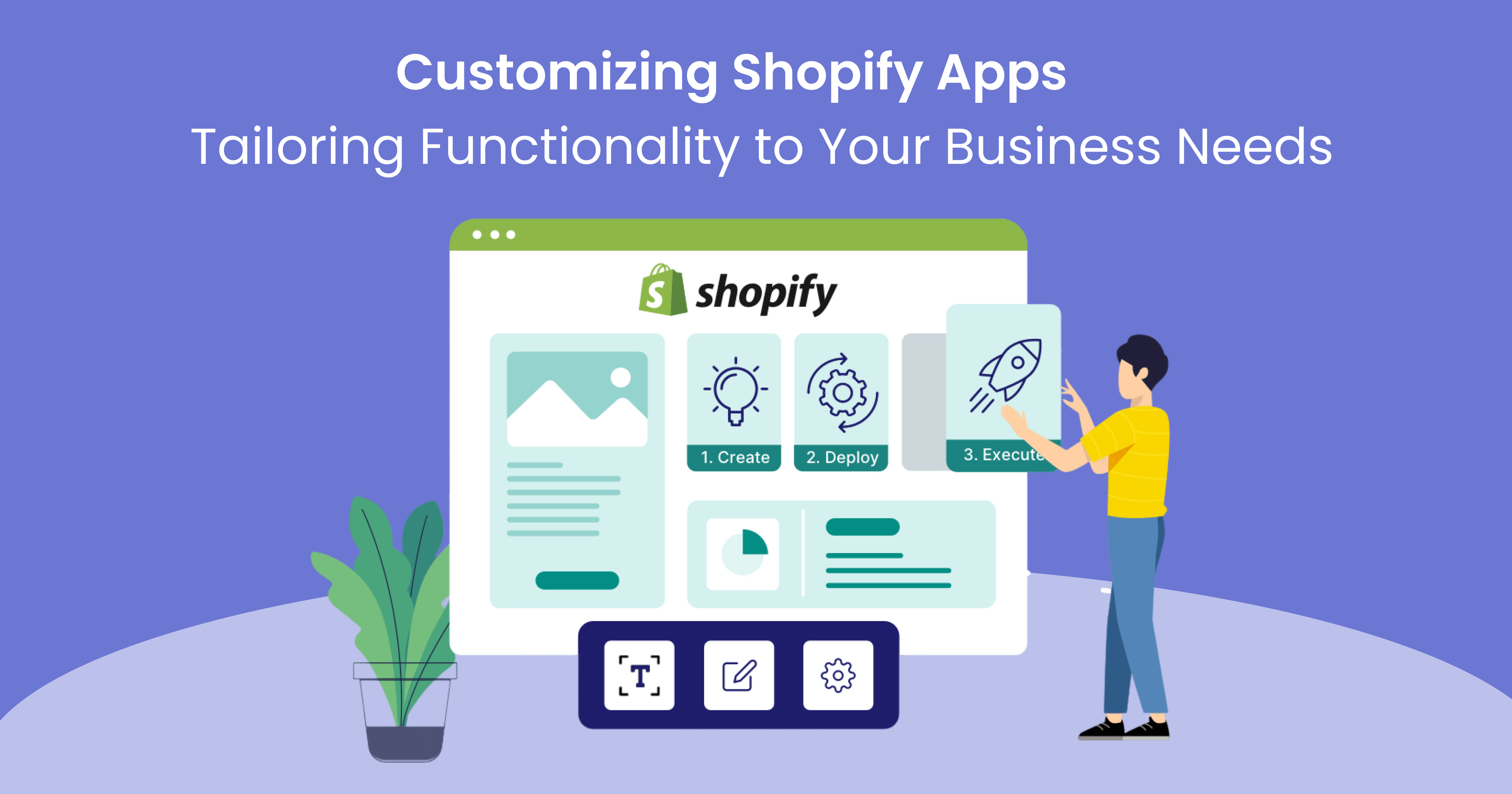In the rapidly evolving landscape of e-commerce, data-driven decision-making is essential to maintain a competitive edge. One of the most effective strategies for improving conversions, enhancing user experience, and optimizing performance is A/B testing. This powerful tool enables e-commerce businesses to test hypotheses, validate design choices, and drive continuous growth with measurable results.
What Is A/B Testing?
A/B testing, also known as split testing, is a method where two or more versions of a webpage, product description, call-to-action (CTA), or email are compared to determine which one performs better. Users are randomly shown version A or version B, and their behaviors—such as clicks, conversions, or purchases—are tracked and analyzed.
Why A/B Testing Matters in E-commerce
E-commerce platforms face constant pressure to deliver seamless, engaging, and high-converting customer experiences. A/B testing plays a crucial role in achieving this by:
1. Boosting Conversion Rates
By testing different variations of landing pages, CTAs, product pages, or checkout processes, businesses can identify what resonates most with their audience. Something as small as changing a button color or headline can make a significant increase in sales.
2. Reducing Cart Abandonment
A/B testing helps uncover friction points in the purchase journey. Whether it’s simplifying form fields, optimizing page speed, or altering trust signals, testing alternatives can reduce cart abandonment and improve the checkout experience.
3. Improving User Experience (UX)
Better UX often translates into higher engagement and loyalty. Testing layouts, navigation, and design elements helps identify what keeps visitors engaged and encourages repeat visits.
4. Enhancing Product Pages
Product pages are usually the final step in the customer’s buying journey. A/B testing allows for experimentation with image placements, descriptions, price displays, and customer reviews to see what drives conversions.
5. Optimizing Marketing Campaigns
From email subject lines to promotional banners and ad creatives, A/B testing ensures marketing efforts are data-backed. This can lead to higher open rates, click-through rates, and return on ad spend (ROAS).
Key Elements to Test in E-commerce
Here are some high-impact elements you can test:
Headlines and Product Descriptions
See which messaging converts better and aligns with customer intent.Call-to-Actions (CTAs)
Test different wording, colors, and placements to boost engagement.Product Images and Videos
Compare static images vs. interactive videos to enhance product understanding.Pricing and Discounts
Gauge how different price points or limited-time offers affect purchase decisions.Layout and Design
Experiment with grid vs. list views or minimal vs. content-rich layouts.
Best Practices for E-commerce A/B Testing
Define Clear Goals
Always start with a specific hypothesis. For instance, “Changing the CTA text from ‘Buy Now’ to ‘Get Yours Today’ will increase conversions by 10%.”
Test One Variable at a Time
Isolate variables to identify what’s really driving the change in behavior.
Ensure Statistical Significance
Don’t jump to conclusions too early. Let your test run long enough to collect meaningful data.
Segment Your Audience
Different segments behave differently. Consider testing for mobile vs. desktop users, new vs. returning customers, etc.
Iterate Continuously
The best-performing version today might not work tomorrow. Continuous testing leads to ongoing optimization and growth.
Define Clear Goals
Always start with a specific hypothesis. For instance, “Changing the CTA text from ‘Buy Now’ to ‘Get Yours Today’ will increase conversions by 10%.”
Test One Variable at a Time
Isolate variables to identify what’s really driving the change in behavior.
Ensure Statistical Significance
Don’t jump to conclusions too early. Let your test run long enough to collect meaningful data.
Segment Your Audience
Different segments behave differently. Consider testing for mobile vs. desktop users, new vs. returning customers, etc.
Iterate Continuously
The best-performing version today might not work tomorrow. Continuous testing leads to ongoing optimization and growth.




